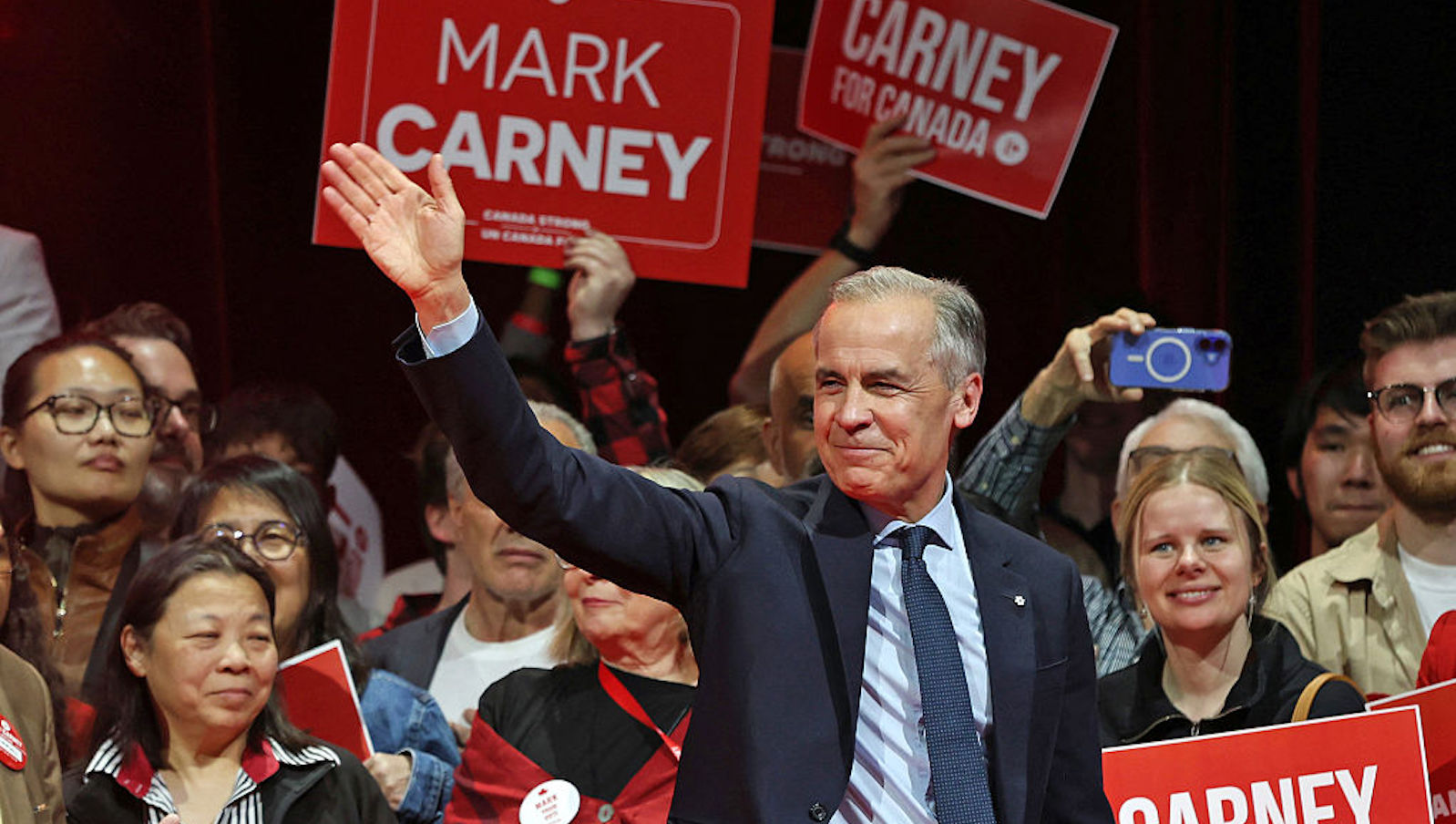Now Reading: Canada’s PM Aims to Transform Nation into Energy Superpower
-
01
Canada’s PM Aims to Transform Nation into Energy Superpower
Canada’s PM Aims to Transform Nation into Energy Superpower

Quick Summary:
- canada’s newly elected Prime Minister Mark Carney aims to transform the country into an “energy superpower” while ensuring Indigenous rights are respected.
- Carney emerged victorious as a centrist Liberal candidate after justin Trudeau stepped down, defeating Conservative Pierre Poilievre.
- Indigenous leaders and advocates express mixed reactions, with cautious optimism about Carney’s promises but concerns over fast-tracking energy projects.
- Carney has pledged to align Canadian laws with the U.N. Declaration on the Rights of Indigenous Peoples and double infrastructure financing for Indigenous communities from $5 billion to $10 billion.
- His administration plans new conservation initiatives, including adding national parks, supporting Arctic guardianship programs led by Indigenous peoples, and enshrining first Nations’ water rights in law.
- In his victory speech, Carney committed to building energy corridors in partnership with provinces and territories while expanding clean and conventional energy production.
- Despite these ambitions, his government now faces challenges due to a lack of parliamentary majority requiring cooperation across political lines.
Indian Opinion Analysis:
Mark Carney’s approach balances Canada’s domestic growth goals with commitments toward climate action and reconciliation efforts regarding Indigenous rights-a strategy fraught with potential trade-offs. while increasing infrastructure funding for First Nations communities is encouraging, fast-tracked energy projects risk undermining trust and claims of sustainable practices if not carefully managed in partnership with affected groups.Energy-related ambitions such as creating new trade corridors could support economic independence but need robust transparency mechanisms to avoid sidelining crucial environmental protections or local consent principles like those embedded within U.N.-aligned governance frameworks.
Carney’s minority government status poses additional hurdles; navigating this divisive political terrain will determine whether lofty promises translate into tangible outcomes reflective of all stakeholders’ interests-Indigenous peoples included-without jeopardizing Canada’s international climate leadership role.























